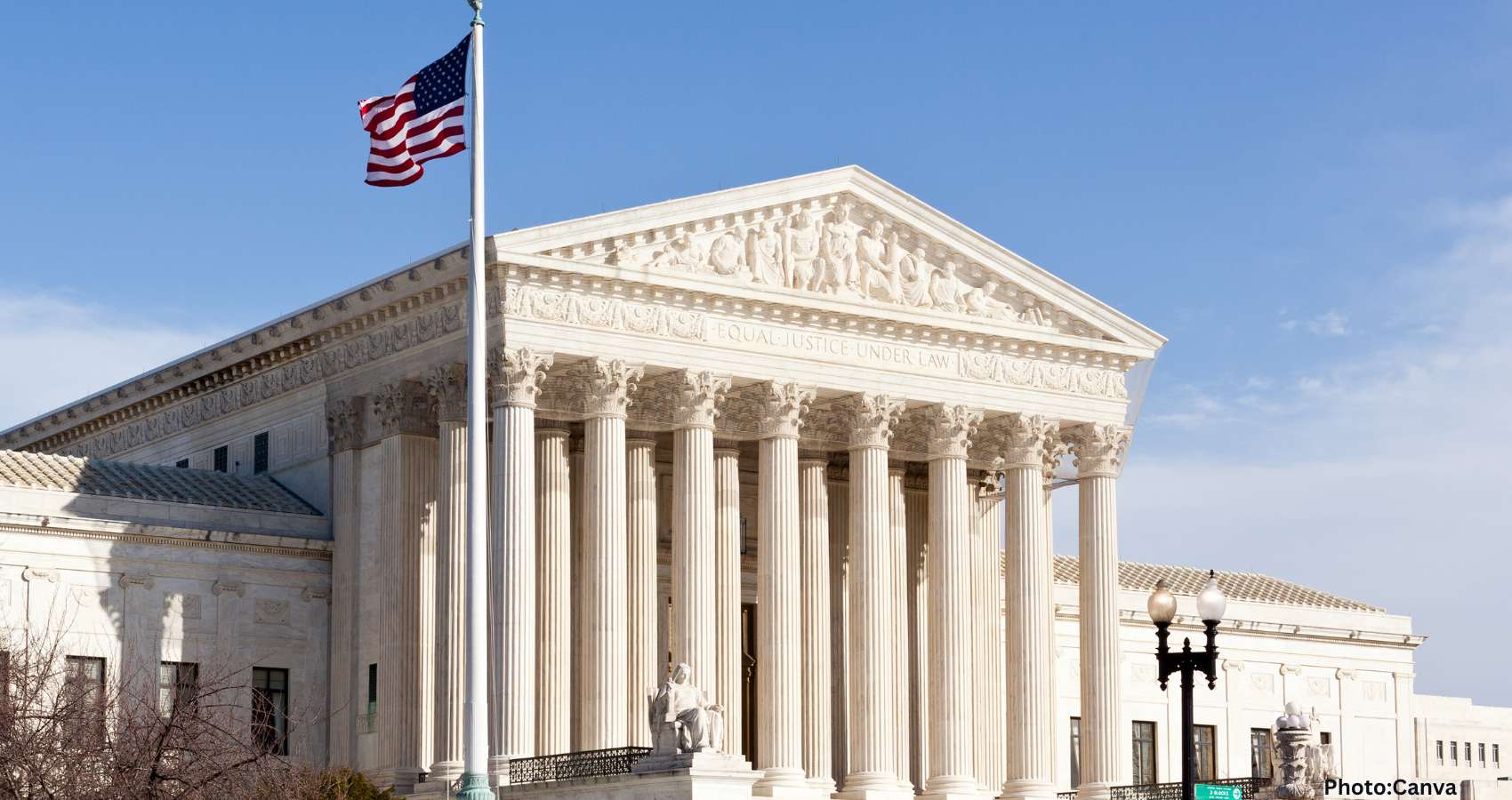The Supreme Court’s 2019 decision allows state lawmakers to continue manipulating legislative maps for partisan gain, a practice exemplified by recent developments in Texas.
In June 2019, the Supreme Court ruled that federal courts lack the authority to curb partisan gerrymandering, highlighting a significant shift in how legislative districts could be formed across the United States. This landmark decision permits state legislatures to draw election maps favoring their respective parties, unless individual states or Congress act to impede the practice.
The ruling was decided by a narrow 5-4 vote, characterized by the conservative justices forming the majority. Chief Justice John Roberts, writing for the majority, stated that although electoral outcomes might appear “unjust,” it is not within federal courts’ jurisdiction to intervene. Both Republican and Democratic-led states have utilized technological advances to draw districts that maximize partisan advantages in response to this decision.
The situation is currently unfolding in Texas, where Republican lawmakers are planning to redraw their congressional maps soon. The objective is to consolidate their political dominance in the state, especially in anticipation of potential Democratic advances in the 2026 midterm elections. These elections will be critical, deciding control of the House of Representatives for the last two years of President Donald Trump’s term. In a bid to mitigate Republican gains, Democrats in states like California are contemplating strategic counteractions.
Richard Pildes, an election law expert at New York University School of Law, described the current climate as “a very ugly race to the bottom.” With the balance of power in the House so fragile, Texas is encouraged to “squeeze out every district they can,” Pildes noted.
Under the U.S. Constitution, state legislatures have primary control over drawing legislative maps, but Congress retains the authority to establish rules. States are mandated to devise new maps following each decennial census; however, Texas is pushing the envelope by considering a redraw for overt political benefit mid-decade, as suggested by Governor Greg Abbott and endorsed by Trump.
Despite the Supreme Court’s precedent on partisan gerrymandering, there are legal constraints in place for how states can draw districts. The principle of “one person, one vote” requires districts to have similar populations, ensuring that individual voting power remains undiluted. The Voting Rights Act, a six-decade-old law designed to safeguard minority voters, further restricts redistricting processes, although its influence has waned due to various Supreme Court decisions, including the weakening of a provision requiring federal approval for voting law changes in historically discriminatory states.
The Court recently indicated it might further diminish the Voting Rights Act’s provisions by considering whether using race to ensure compliance with the law is unconstitutional under the 14th and 15th Amendments. Such a ruling could have profound negative implications for voting rights, according to Sophia Lin Lakin of the American Civil Liberties Union, who is involved in the case concerning Louisiana’s congressional districts.
The Trump administration has previously argued that current maps drawn along racial lines, in accordance with the Voting Rights Act, are unconstitutional. Meanwhile, civil rights groups continue to challenge Texas’s maps in court, alleging violations of the Voting Rights Act.
Amid this trend of partisan redistricting, some states have moved to depoliticize the process by establishing independent commissions to handle map drawing instead of leaving it to lawmakers. Currently, there are 18 such commissions, with only eight functioning independently. The Supreme Court narrowly upheld the use of these commissions in a 2015 decision, but the Court’s transformed composition since then casts doubt on whether the same conclusion would be reached today.
Faced with Texas’s aggressive redistricting plans, California Democrats have debated bypassing their own redistricting commission, raising questions about the future utility of independent commissions. Pildes reflected on this strategic shift, suggesting it “dramatically undermines the incentives to create commissions.”
In the earlier dispute over partisan gerrymandering, liberal Justice Elena Kagan forewarned of the potential dangers posed to democratic governance by the Supreme Court’s refusal to address biased maps in North Carolina and Maryland. “The practices challenged in these cases imperil our system of government,” she wrote, emphasizing that one of the Court’s roles is to defend the integrity of “free and fair elections.”

